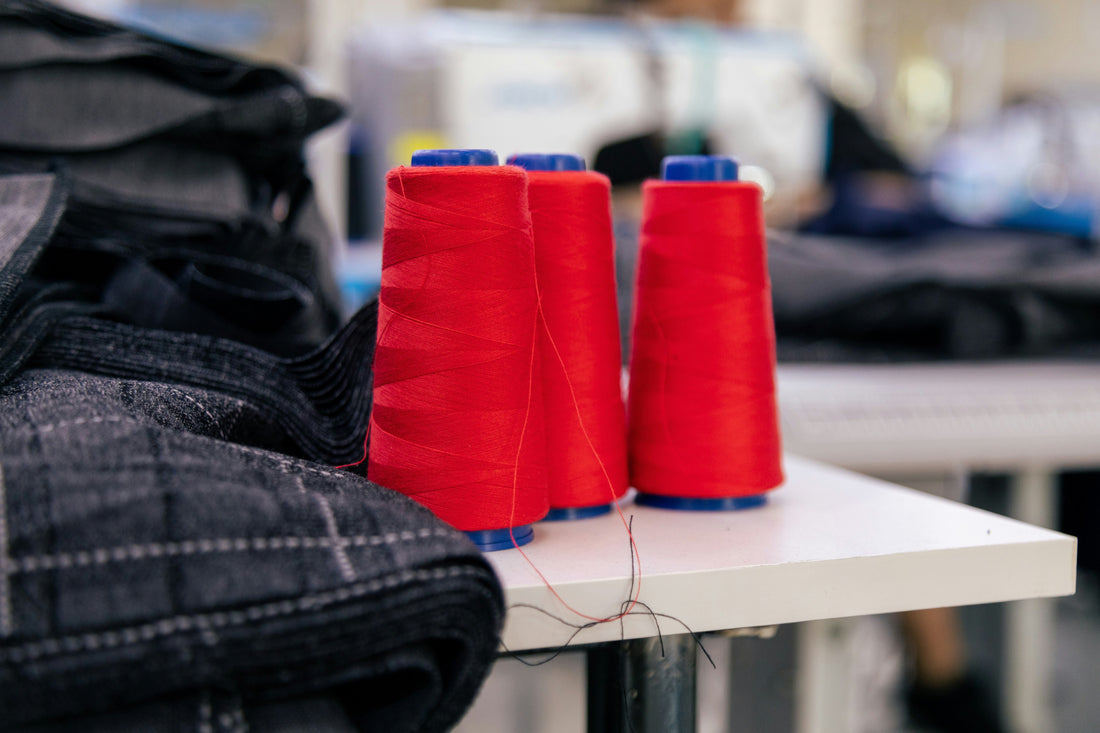Ever wondered how your favorite t-shirt goes from a design sketch to the finished product hanging in your closet? Let's dive into the fascinating world of clothing manufacturing, where efficiency meets craftsmanship to create the clothes we wear every day.
Why Efficiency Matters in Clothing Manufacturing
Think of clothing manufacturing like cooking in a busy restaurant kitchen. Just as a chef needs the right ingredients, tools, and timing to serve perfect dishes, clothing manufacturers need well-organized systems to create quality garments. When done right, efficient manufacturing means better clothes, happier workers, and a healthier planet.
Getting Started: The Building Blocks
Before any sewing begins, successful manufacturers lay a strong foundation. Here's what that looks like:
Market Research: Just as a chef needs to know what customers want to eat, manufacturers need to understand what people want to wear. This helps avoid making clothes that nobody wants to buy.
Design Development: This is where creativity meets practicality. Designers and technical teams work together to create detailed plans (called tech packs) that serve as the recipe for each garment.
Material Selection: Choosing the right fabrics is crucial. It's like selecting ingredients for a meal – quality matters, and so does cost.
Setting Up for Success: The Production Floor
A well-organized production floor is like a well-designed kitchen. Everything has its place, and everyone knows their role. Here's what makes it work:
Smart Layout: Machines and workstations are arranged to minimize wasted movement. Think about how a kitchen places the stove near the prep area – it's all about flow.
Skilled Workers: Just as experienced chefs make better food, skilled workers make better clothes. Good training is essential.
Quality Checks: Regular quality checks throughout the process catch problems early, just like tasting food while cooking rather than waiting until it's served.
Technology: Making Life Easier
Modern technology helps make manufacturing more efficient, but it doesn't replace skilled workers. Instead, it gives them better tools to work with:
- Computer-aided design systems help create precise patterns
- Automated cutting machines reduce fabric waste
- Production tracking software helps managers make better decisions
Going Green: Manufacturing That Cares
Today's manufacturers are finding ways to be more environmentally friendly:
Water Usage: Many factories now use special systems to recycle water, using it multiple times instead of just once.
Energy Savings: Simple changes like LED lighting and energy-efficient machines make a big difference.
Waste Reduction: Smart cutting techniques help use more of each piece of fabric, reducing waste.
When Things Go Wrong: Solving Problems
Even the best-run factories face challenges. The key is having good systems for solving problems:
Track Everything: You can't fix what you don't measure. Good manufacturers keep track of important numbers like how many pieces they make and how many have problems.
Listen to Workers: Often, the people doing the work have the best ideas for making it better.
Stay Flexible: Things change quickly in fashion. Good manufacturers know how to adapt.
Looking Forward: What's Next in Manufacturing
The future of clothing manufacturing is exciting. New technologies are making it possible to:
- Make clothes with less waste
- Track exactly where materials come from
- Use robots for simple tasks, freeing up workers for more skilled work
- Create custom-sized clothing more easily
Making It Work for You
Whether you're running a factory or just curious about how clothes are made, here are the key things to remember:
- Good planning prevents problems later
- Skilled workers are your most valuable asset
- Technology should help, not hinder
- Quality checks should happen throughout the process
- Sustainability isn't just good for the planet – it's good for business
Final Thoughts
Making clothes efficiently isn't just about speed – it's about creating quality garments in a way that's good for workers, customers, and the environment. Whether you're making thousands of t-shirts or small batches of custom designs, these principles can help you work smarter, not harder.
Remember, the best manufacturing systems are like well-oiled machines: every part works together smoothly, but it's the human touch that makes the real difference. By combining good planning, skilled workers, and smart technology, you can create an efficient manufacturing system that produces clothes people love to wear.
Want to learn more? Start by looking at your current processes and asking how they could be better. Small improvements, made consistently, lead to big results over time.






























